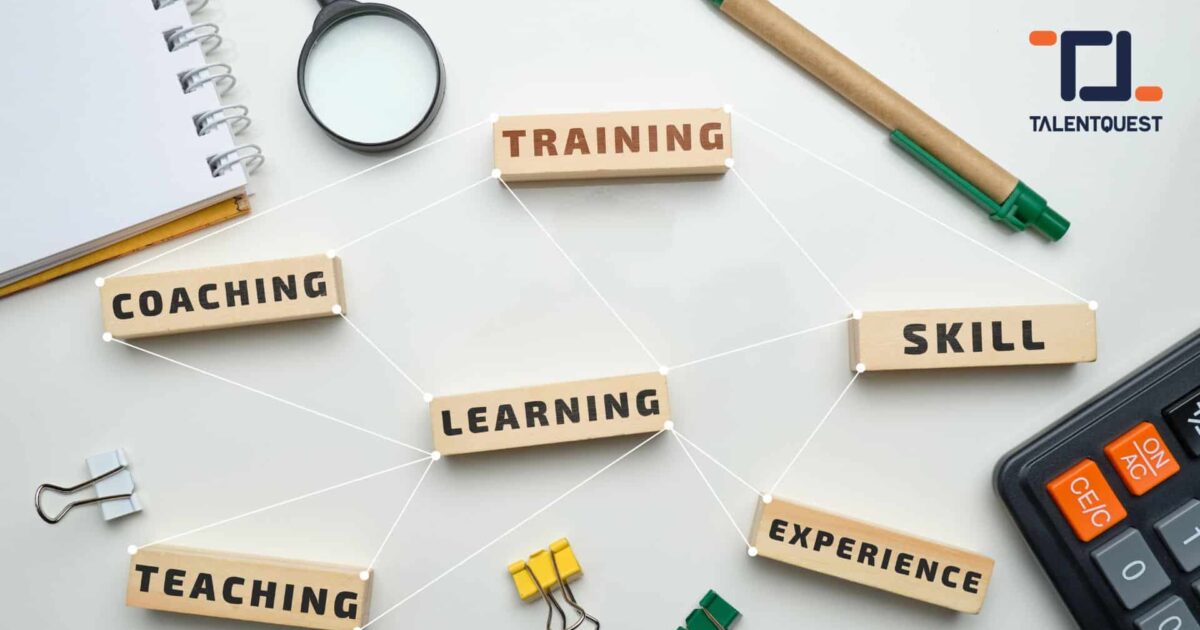
What’s the Best Learning Method for Your Employees?
Identifying the right learning method for your employees can be overwhelming. With several to choose from, an organization can adopt a training methodology that is interactive, engaging, fits within your budget, and most importantly — effective for your learners.
Here are three important considerations to keep in mind as you investigate learning options for your employees:
1. Purpose

Analyzing the needs and defining the training objectives should be your first priority. Depending on the desired outcome, different employee training techniques can be applied.
For instance, if you want to deliver information on your company’s employee relations policies, you may opt for a classroom-based training session. On the contrary, if you want to deliver knowledge on “management of lawlessness in the workplace,” you may want to consider “scenarios and role play” based training programs.
When it comes to learning new soft skills, eLearning and interactive training are often the most effective. Social learning strategies can be organized to acquire soft skills rather than technical skills.
On-the-job training methods and coaching are a great option when you are planning for progression to shape a specific workplace culture. Using videos and webinars can help learning adoption by making it a comfortable experience if employees feeling overwhelmed.
2. Target Audience
Ask yourself, “Who is my target audience?”
Behavioral Assessments can be administered to managers and leadership teams to provide a baseline of capabilities and compare the results with the competencies established that align with your company’s objectives. This can help prioritize the program’s goals and is critical to any training program’s success.
Other important audience factors to consider are:
Demographics:
Consider the age of your employees. Millennials are more comfortable using visual training materials and gamification. They enjoy collaborative learning and a variety of options for self-paced online learning. To keep millennials engaged in a learning program allow them the freedom to do it themselves. As a contrast, a more mature organization might feel more at ease with conventional in-person training techniques rather than online courses.
If your organization is geographically distributed, online training is an ideal option to ensure consistent and timely knowledge acquisition.
Nature of the Job:
Online training methods are often more suited to people who are in jobs that demand frequent travel or are working remotely. Such employees would benefit from easily available, ‘bite sized’ microlearning.
Less skilled tasks that require foundational knowledge and can be effectively mastered using microlearning. To ensure mastery and prevent quality errors, or safety concerns, highly skilled tasks require methods that encourage active participation, such as interactive training.
Individual and Group Learning:
Training strategies like hands-on training or 1:1 coaching can be successful when just one or two employees are working toward a common learning objective.
Classroom-based training sessions, social learning strategies, and eLearning can be more successful and efficient when a team needs to learn a specific skill set. For instance, an IT team that needs to learn about IT security can take an online course or participate in a live session.
Leadership Development:
Soft skills like emotional intelligence and leadership are necessary for more senior managers and executives. You may want to adapt a variety of training techniques for this group of employees.
Online training is a great vehicle to deliver training because it can easily fit into busy schedules. Seminars and conferences can also offer opportunities to network with peers and learn about current business trends.
3. Flexibility

Your training program will be most effective when you plan, and select the right methods appropriate for your learning audience.
If resources are limited, the best training strategies typically rely on the expertise and experience of employees and do not require an outside facilitator or subject matter expert. eLearning programs that leverage a wide range of content, such as published articles, infographics, and videos online, can also be useful.
With a wide range of options, it can be difficult for you to determine the appropriate training strategy for your employees. The steps outlined above are meant to guide you as you select the training method that is the most effective for your organization.
An effective learning process is not a “one size fits all” strategy.

